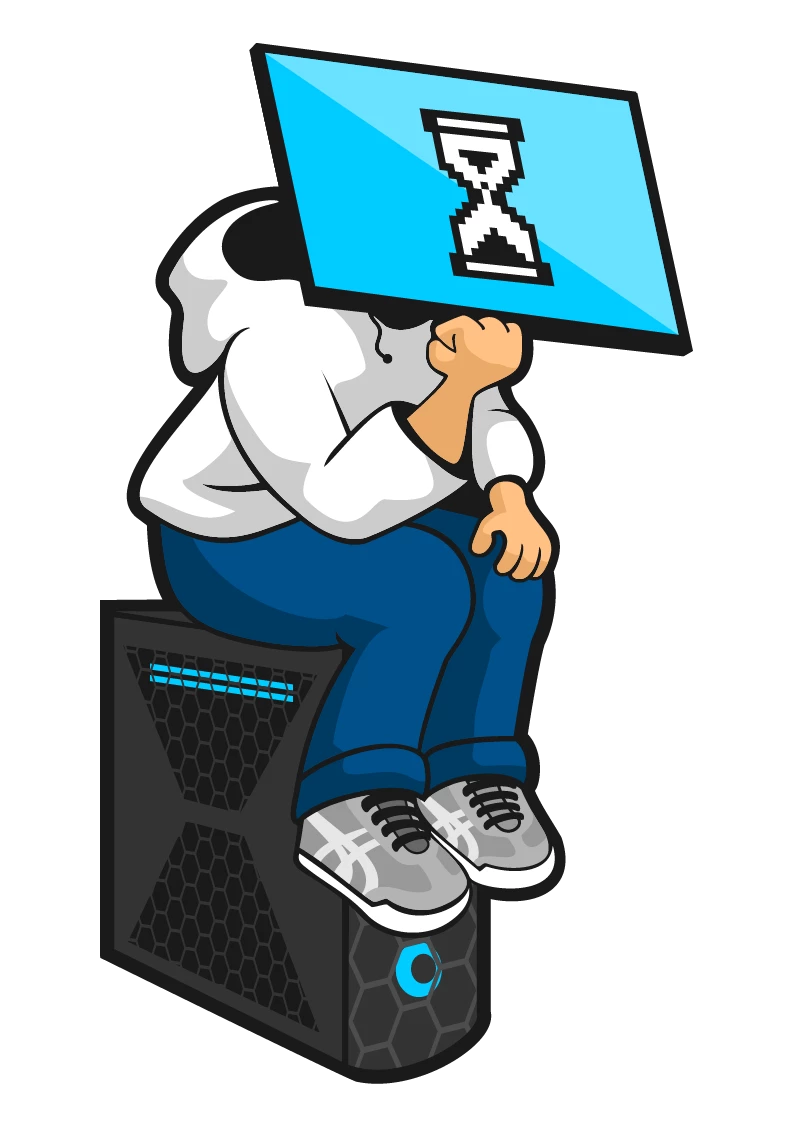YouTuber ‘minteger’ recently got a chance to test out the latest AMD hardware, which includes the powerful 8-core Ryzen 7 7800X3D processor and the A620 chipset motherboard. This combination of a high-end gaming CPU with an entry-level motherboard could potentially become more popular as it is actually one of AMD’s recommended configurations. However, it’s worth noting that the A620 motherboard is not a premium design and is intended for the entry-level segment, particularly when paired with the 65W Ryzen 7000 processors.
On the other hand, there are certain A620 motherboards that are equipped with more robust VRMs, and motherboard manufacturers have confirmed that these models can handle higher TDPs than the recommended 65W. This means that with careful selection, one could potentially build a budget-friendly system that isn’t limited by hardware constraints.
The content creator actually put this to the test by comparing the performance of the Ryzen 7 7800X3D CPU on two different platforms: a high-end X670 design and an entry-level A620 design. Both systems were equipped with DDR5-6000 memory, as the A620 chipset does support EXPO (memory overclocking profiles). Minteger used Gigabyte’s A620 Gaming X motherboard along with an air cooler, and later compared the results with what was achieved on the X670 platform.
When it comes to gaming clock speeds, there are noticeable differences between the X670 and A620 platforms. The X670 platform allows the CPU to run at higher clock speeds, ranging from 4.8 to 4.9 GHz, while the A620 platform sees slightly lower clock speeds of 4.4 to 4.6 GHz, which can affect performance. For example, during a Cinebench looped test, the CPU package power on the A620 platform fluctuated around 81W, whereas the X670 board showed a more consistent 95W. However, as shown in the data below, this difference is relatively small in synthetic tests, amounting to around 5%, and even less in gaming, only about 3%.
For gamers who want to ensure peace of mind, opting for a B650 chipset could be a good middle ground between the tested X670 and A620 platforms. While there may be a slight price difference of $25-50 for some B650 motherboards, the advantage is that they come with official support for CPUs with TDPs of 65W or higher, as well as PCIe Gen5 for storage, which could come in handy if needed in the future.




